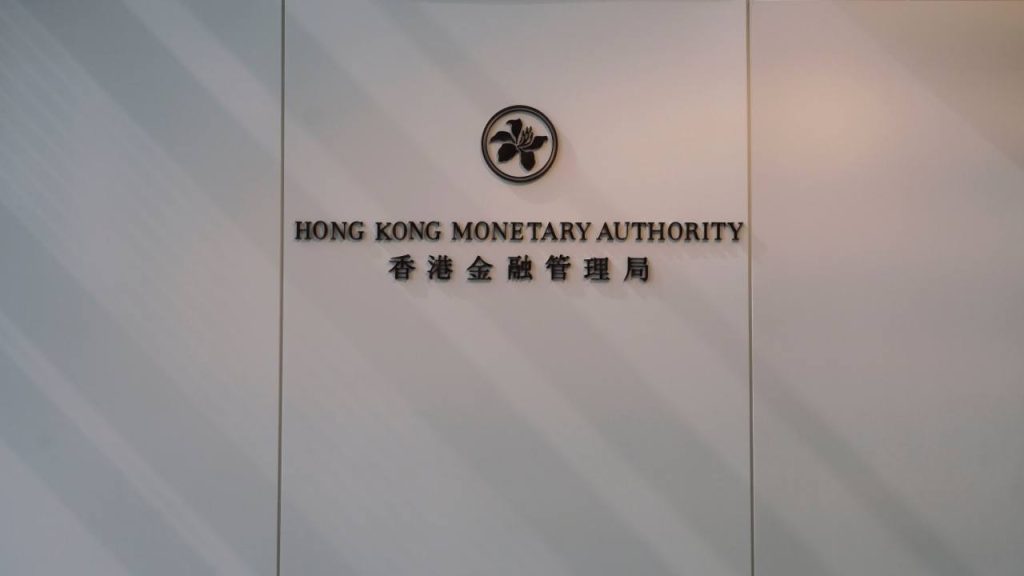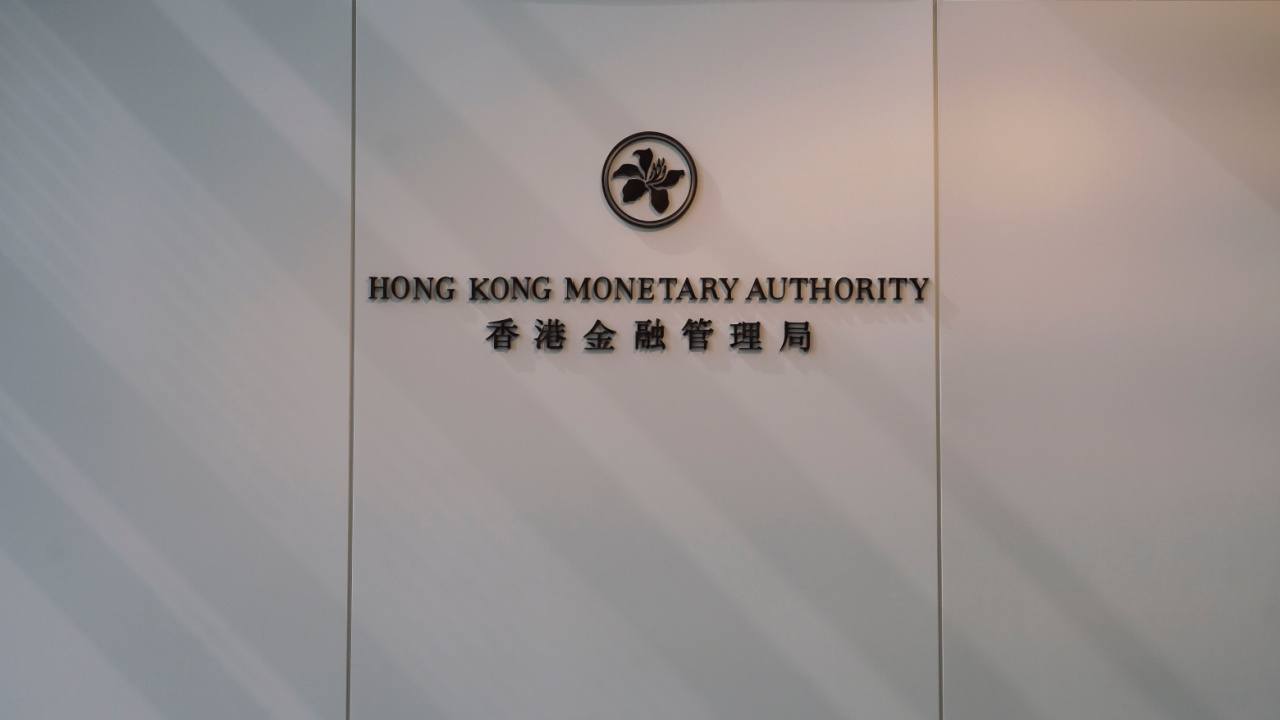
Hong Kong’s Stablecoin Revolution: A Detailed Analysis of the New Regulatory Landscape
Introduction
Hong Kong is rapidly emerging as a global leader in the digital asset space, and the recent implementation of the Stablecoins Ordinance (Cap. 656) is a testament to this ambition. Effective August 1, 2025, this groundbreaking legislation introduces a robust regulatory framework for fiat-referenced stablecoins (FRS), striking a delicate balance between fostering innovation and ensuring financial stability and consumer protection. This move underscores Hong Kong’s strategic vision to integrate digital currencies into its financial ecosystem, setting a precedent for other jurisdictions worldwide.
The Stablecoins Ordinance: Key Provisions and Implications
The Stablecoins Ordinance is a comprehensive piece of legislation designed to address the unique challenges posed by stablecoins. These digital assets, pegged to fiat currencies like the US dollar or Hong Kong dollar, have gained significant traction in recent years. However, their rapid growth has also raised concerns about financial stability, consumer protection, and the potential for illicit activities such as money laundering.
Licensing Regime
At the heart of the ordinance is the mandatory licensing regime for FRS issuers. The Hong Kong Monetary Authority (HKMA) will oversee this process, ensuring that only entities meeting stringent criteria can operate in the market. The licensing requirements are multifaceted, encompassing capital adequacy, risk management, and operational resilience. Applicants must demonstrate financial soundness, a viable business plan, and robust technological capabilities to gain approval.
Supervisory Scope
The HKMA’s supervisory role is extensive, covering the entire lifecycle of stablecoins from issuance to redemption. This includes regular audits, reserve monitoring, and the enforcement of corrective actions when necessary. The goal is to ensure that stablecoin issuers maintain high standards of transparency and accountability, thereby safeguarding the interests of consumers and the broader financial system.
KYC and AML Requirements
To mitigate the risks of money laundering and terrorist financing, the ordinance mandates stringent Know Your Customer (KYC) and Anti-Money Laundering (AML) procedures. Financial institutions must verify the identities of their customers and monitor transactions for suspicious activity. Transactions exceeding $8,000 will be subject to heightened scrutiny, ensuring that the regulatory framework is both effective and adaptable to evolving threats.
Reserve Requirements
One of the most critical aspects of the regulatory framework is the requirement for stablecoin issuers to maintain adequate reserves. These reserves must be held in highly liquid assets, such as cash or government bonds, and be subject to regular audits. This ensures that the value of stablecoins is backed by tangible assets, providing a safety net for investors and enhancing the overall stability of the financial system.
Marketing and Distribution
The ordinance also regulates the marketing and distribution of stablecoins in Hong Kong. It prohibits misleading or deceptive advertising practices and requires issuers to provide clear and comprehensive information to potential investors. This ensures that consumers are fully aware of the risks associated with stablecoins before making investment decisions, promoting a more informed and transparent market.
Impact on Issuers and Distributors
The Stablecoins Ordinance has far-reaching implications for stablecoin issuers and distributors operating in Hong Kong. While the regulatory framework aims to create a safer and more stable environment for digital assets, it also imposes significant compliance costs and operational adjustments.
Compliance Costs
Obtaining a license and complying with the regulatory requirements will be a costly endeavor for stablecoin issuers. This includes the costs of maintaining adequate reserves, implementing KYC/AML procedures, and undergoing regular audits. Smaller issuers may find it challenging to meet these requirements, potentially leading to market consolidation as larger, more established players dominate the landscape.
Operational Adjustments
Issuers will need to overhaul their operational processes to comply with the new regulatory framework. This includes implementing robust risk management systems, enhancing cybersecurity measures, and establishing clear redemption policies. These adjustments are essential to ensure that stablecoin issuers can operate within the regulatory framework while maintaining the trust and confidence of their customers.
Market Opportunities
Despite the compliance challenges, the Stablecoins Ordinance also presents significant market opportunities for licensed issuers. By operating within a regulated framework, issuers can gain the trust of investors and attract institutional capital. This could lead to increased adoption of stablecoins for various use cases, such as payments, remittances, and decentralized finance (DeFi), ultimately driving growth and innovation in the digital asset space.
Distributor Responsibilities
Distributors of stablecoins, including exchanges and over-the-counter (OTC) trading platforms, will also be subject to regulatory requirements. They must ensure that they are only offering stablecoins issued by licensed entities and that they comply with KYC/AML procedures. This ensures that the entire stablecoin ecosystem operates within a regulated and transparent framework, enhancing consumer protection and financial stability.
The Broader Implications for Hong Kong’s Digital Asset Ecosystem
The Stablecoins Ordinance is not just about regulating stablecoins; it is about positioning Hong Kong as a leading hub for the broader digital asset ecosystem. By establishing a clear and comprehensive regulatory framework, Hong Kong aims to attract investment, promote innovation, and enhance its competitiveness in the global digital asset space.
Attracting Investment
The regulatory framework is designed to provide a clear and predictable environment for stablecoin issuers, exchanges, and other service providers. This attracts both domestic and international players to set up operations in Hong Kong, fostering a vibrant and dynamic digital asset ecosystem.
Promoting Innovation
While the regulatory framework is designed to mitigate risks, it also aims to promote innovation in the digital asset space. The HKMA has indicated that it will adopt a flexible and pragmatic approach to regulation, allowing for experimentation and innovation while ensuring that consumer protection and financial stability are not compromised.
Enhancing Competitiveness
Hong Kong faces increasing competition from other jurisdictions, such as Singapore and Dubai, which are also vying to become digital asset hubs. The Stablecoins Ordinance is a key step in enhancing Hong Kong’s competitiveness by providing a clear and predictable regulatory environment for stablecoins, making it an attractive destination for digital asset businesses.
Interoperability
Given the global nature of digital assets, interoperability is a critical consideration. The regulatory framework must align with other jurisdictions to facilitate cross-border transactions and prevent regulatory arbitrage. This ensures that Hong Kong’s stablecoin regime is not only robust but also globally competitive and adaptable to the evolving digital asset landscape.
Future Considerations and Potential Amendments
While the Stablecoins Ordinance represents a significant step forward, there are several areas that may require further consideration and potential amendments in the future. The digital asset space is constantly evolving, and the regulatory framework must adapt to keep pace with these changes.
Scope of Regulation
The current ordinance primarily focuses on fiat-referenced stablecoins. However, other types of stablecoins, such as crypto-backed and algorithmic stablecoins, also pose risks to the financial system. The HKMA may need to consider expanding the scope of regulation to cover these types of stablecoins in the future, ensuring that the regulatory framework remains comprehensive and effective.
Custody and OTC Services
The HKMA anticipates further consultations on stablecoin custody and over-the-counter services. These consultations will be critical in shaping the practical operation of Hong Kong’s stablecoin regime and its impact on the broader virtual asset market. By addressing these aspects, the regulatory framework can be further refined to ensure that it is both effective and adaptable to the evolving needs of the market.
Technological Developments
The digital asset space is characterized by rapid technological advancements and the emergence of new business models. The HKMA must stay abreast of these developments and adapt its regulatory framework accordingly. This ensures that the regulatory framework remains relevant and effective in addressing the unique challenges posed by digital assets.
International Cooperation
Given the global nature of digital assets, international cooperation is essential to ensure effective regulation. The HKMA should work with other regulators around the world to share information, coordinate regulatory approaches, and address cross-border risks. This collaborative approach ensures that the regulatory framework is not only robust but also globally competitive and adaptable to the evolving digital asset landscape.
Conclusion: A New Era for Digital Assets in Hong Kong
Hong Kong’s Stablecoins Ordinance marks the dawn of a new era for digital assets in the region. By establishing a comprehensive regulatory framework for stablecoins, Hong Kong is not only mitigating risks but also positioning itself as a global hub for innovation and investment in the digital asset space. While challenges remain, the proactive approach taken by the HKMA demonstrates a commitment to fostering a vibrant and sustainable digital asset ecosystem in Hong Kong. The world will be watching closely as this experiment unfolds, eager to see how Hong Kong navigates the complexities of regulating these novel financial instruments and unlocks their potential to reshape the future of finance.





